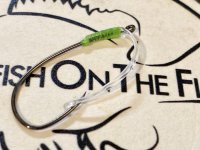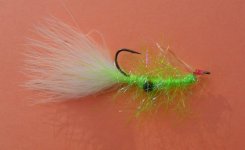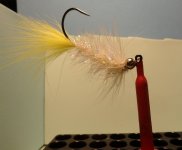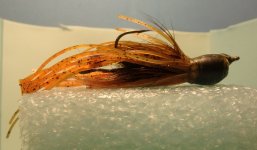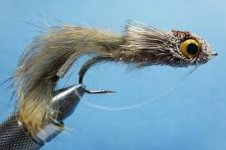Baron
Active member
- Joined
- Apr 13, 2020
- Messages
- 1,548
Weedless flies are rarely if ever mentioned. Fishing places where milfoil and cabbage fill in the surface and Lilys cover the rest are seemingly impossible to fish by the time summer arrives (Lake Towhee).
What are the best strategies to fish through these areas. All over the internet fishermen mention fishing through the cabbage and Coontail for panfish. This sounds like a recipe for disaster and a free trip to Tangletown.
The Poconos are full of these types of lake and knowing how to negotiate the weeds will lead to allot more hook-ups.
Advice?
What are the best strategies to fish through these areas. All over the internet fishermen mention fishing through the cabbage and Coontail for panfish. This sounds like a recipe for disaster and a free trip to Tangletown.
The Poconos are full of these types of lake and knowing how to negotiate the weeds will lead to allot more hook-ups.
Advice?


